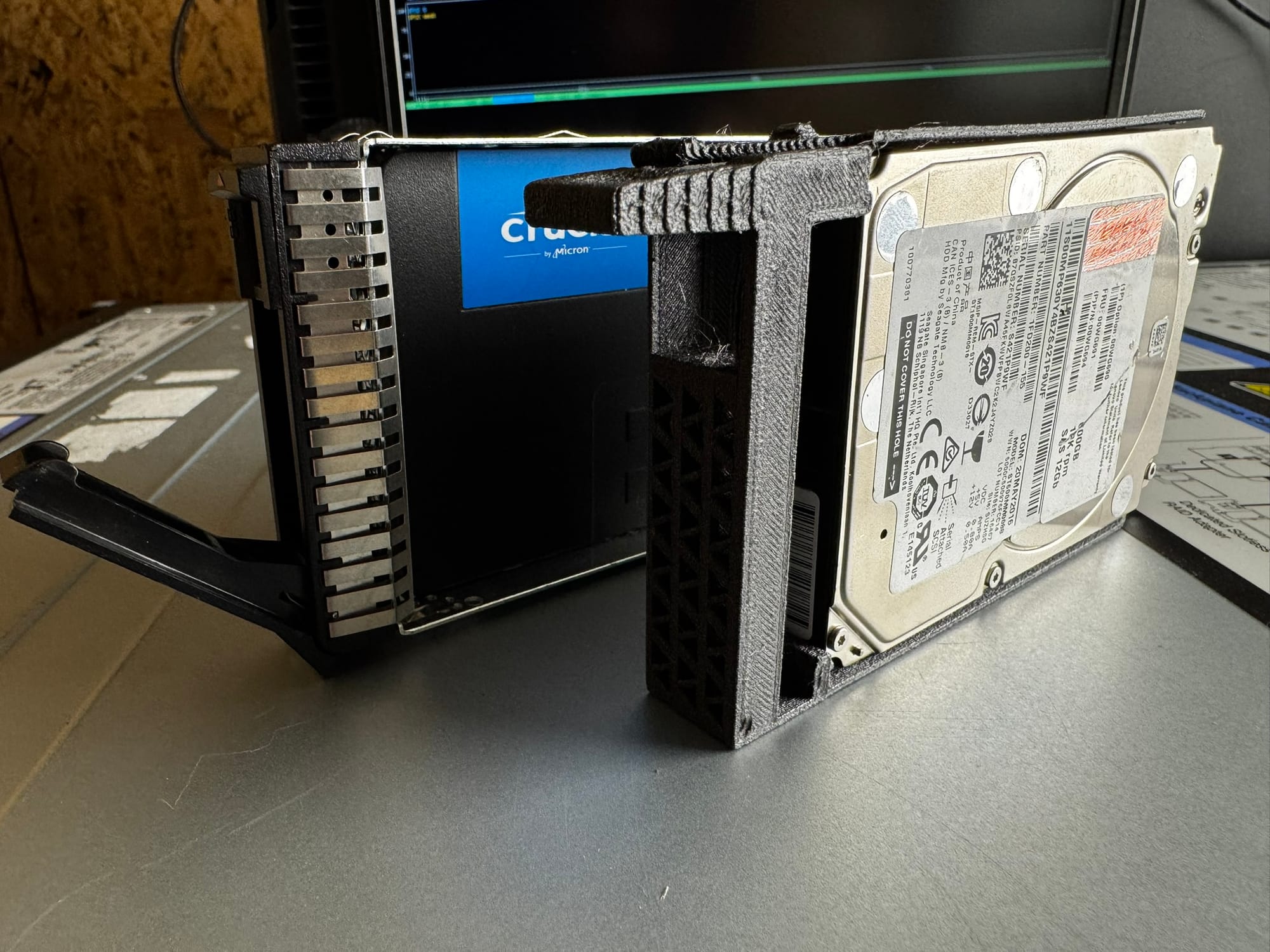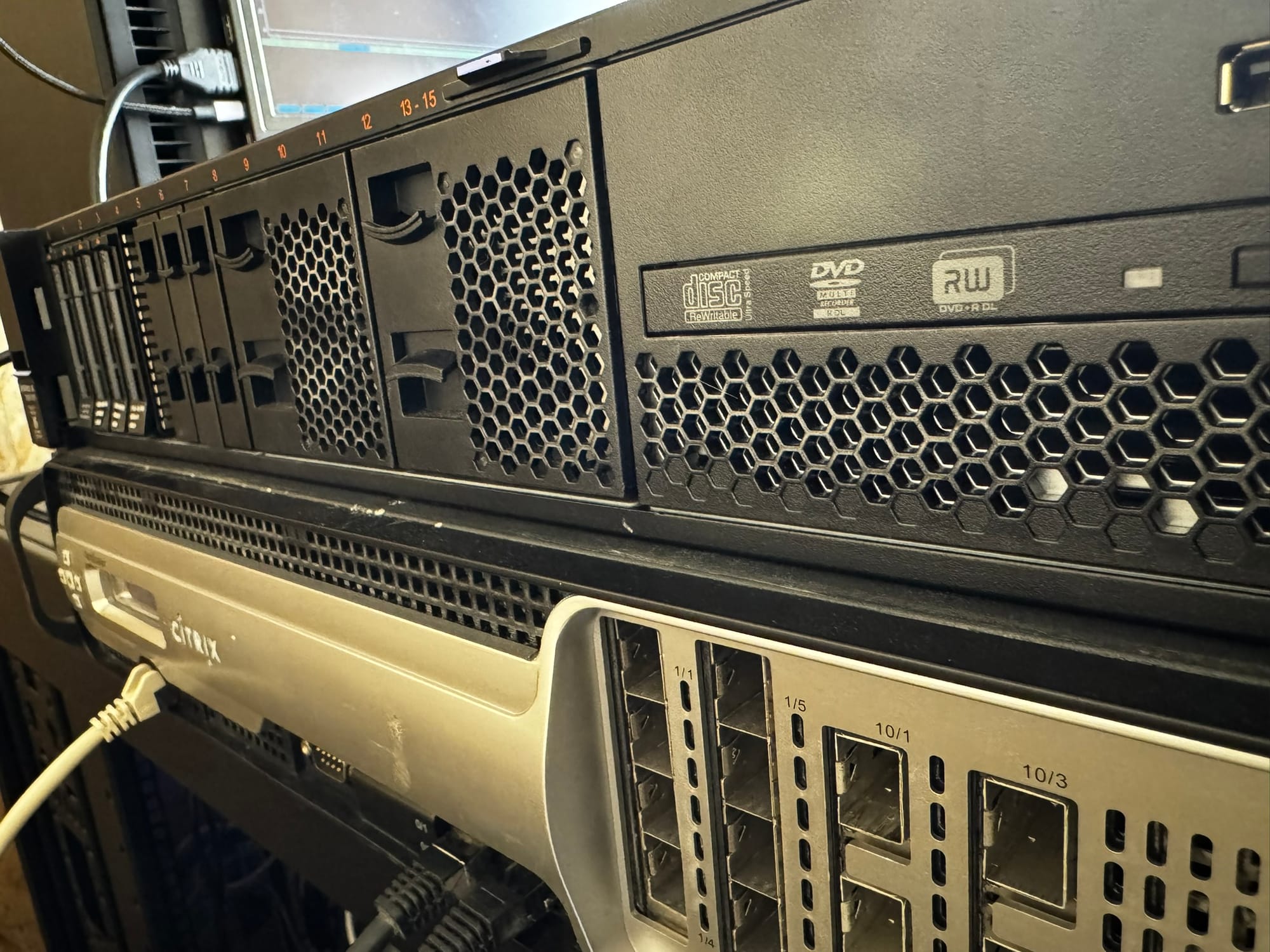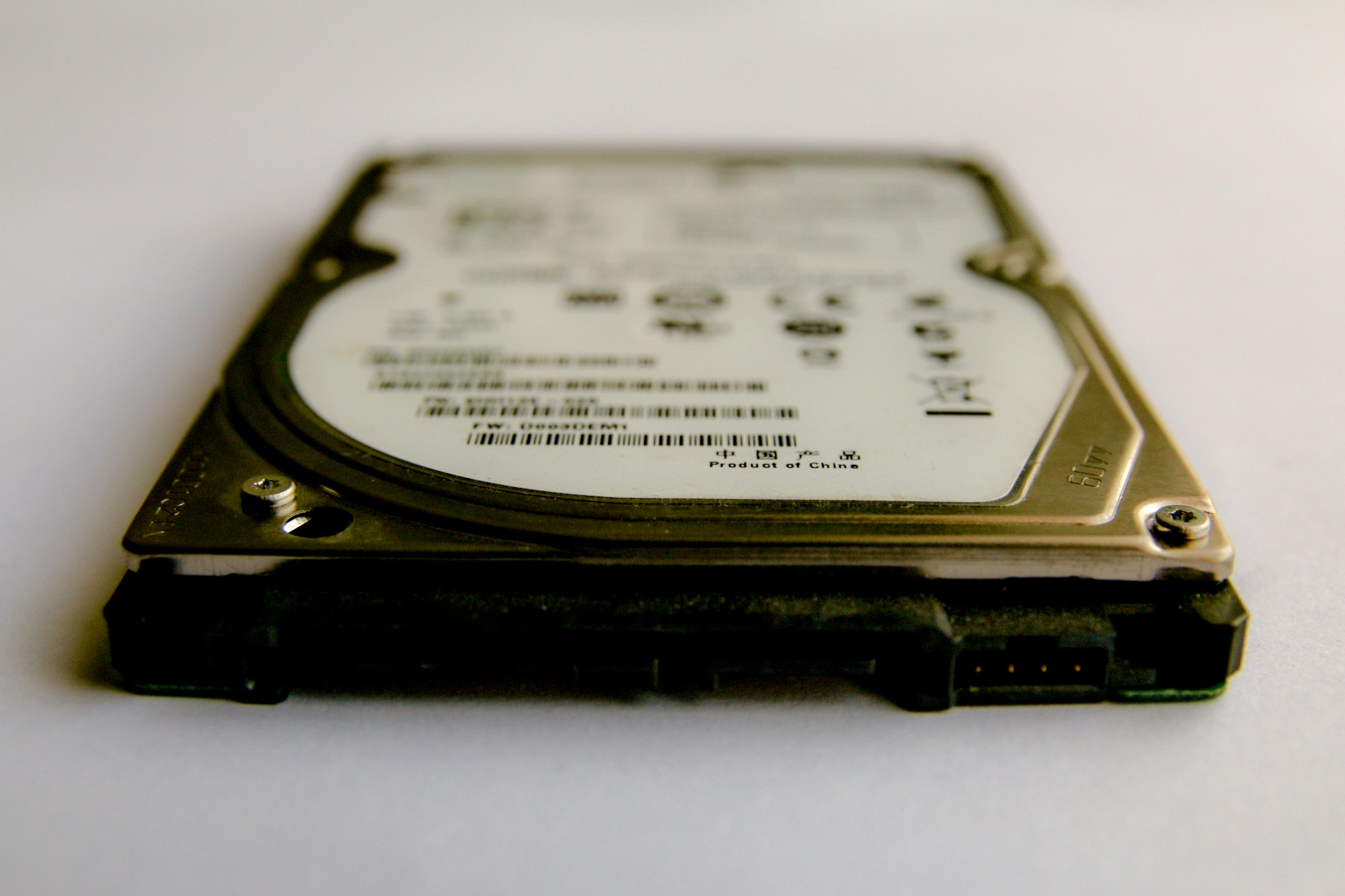Synology NAS devices are renowned for their versatility, offering everything from file sharing and virtualization support to advanced backup solutions. However, after years of using my Synology DS3617xs, I realized that while its feature set is expansive, my setup only relied on a handful of core functions—and those features were sufficient but left room for improvement. This post details my decision to migrate away from the NAS, explore a cost-effective hardware alternative, and adapt it to meet my needs.

Current Setup: What Worked and What Didn’t
My Synology DS3617xs has been reliable for several years, supporting three primary tasks through these features:
- NFS (Network File System): Enabled seamless shared storage access across my hypervisors and Docker Swarm infrastructure. This allowed all virtual machines and containers to pull from a centralized repository, simplifying management.
- HyperBackup: Served as the central backup hub for my home network devices, ensuring data redundancy without complexity.
Despite its reliability, there were drawbacks:
- Hardware Limitations: The 12-bay NAS consumes an entire 6U rack space, leaving me short on rack real estate as my setup grows. Its non-rackable design also felt outdated compared to modern server standards.
- UI and Usability: The interface hasn’t evolved meaningfully in years, making navigation clunky for someone seeking a more intuitive experience.
- Networking Bottlenecks: While performance was adequate for 20–30 VMs, the NAS’s network ports struggled with heavy traffic. A 2x10Gb SFP+ card alleviated this but highlighted the hardware’s limitations.

The Search for a Replacement: Cost vs. Flexibility
Faced with limited rack space and a desire to future-proof my infrastructure, I sought a budget-friendly alternative that could expand beyond NAS constraints. Enter Lenovo x3650 M5:
- Hardware Specs: Dual CPUs, 64GB RAM, support for up to 24 SAS/SATA drives, and compatibility with enterprise-grade networking cards.
- Cost Breakdown: A €200 (≈$218) bargain included a chassis with five drive caddies (varying capacities from 300GB to 900GB). This was far cheaper than comparable NAS systems, offering raw compute and storage potential without proprietary limitations.
The trade-off? Missing components like the serial port for out-of-band management hinted at challenges ahead—but I prioritized cost savings and scalability over perfection.
Hardware Modifications: Overcoming Barriers
Upon unboxing, I faced two immediate hurdles:
- Networking Cards: The included Emulex cards were underwhelming. Replacing them with a 2x10Gb SFP+ card restored my high-speed networking needs but required careful configuration.
- Storage Expansion: The chassis only had an 8-bay backplane, limiting drive capacity to half of its potential. A second backplane (€200) unlocked full support for 16 drives, though this doubled the hardware cost to €400 (≈$440).
Another obstacle? Drive caddies were overpriced. Instead of shelling out extra, I opted to 3D-print my own using a free open-source design . This creative solution saved me €20–€30 per caddie while expanding storage affordably.

Cost Analysis: Value vs. Customization
COMPONENT | COST (EUR) |
|---|---|
Lenovo x3650 M5 Server | 200 |
Additional Backplane | 200 |
SFP+ Network Card | ~150 |
3D Printed Caddies | N/A (materials only) |
While the total reached €400, this investment offers significant flexibility:
- Scalability: Expandable to 16 drives vs. the NAS’s fixed 12 bays.
- Performance: Faster CPUs and RAM can handle VM workloads more efficiently than a NAS-grade CPU.
- Customization: A full Linux OS (rather than proprietary DSM) allows tailored workflows.
The Next Steps: Choosing an Operating System
With hardware challenges addressed, my focus now turns to selecting an OS that maximizes this server’s potential:
- TrueNas Scale https://www.truenas.com/truenas-scale/
- Unraid https://unraid.net/
- Another one ?
Each choice balances simplicity vs. control, but either will outperform the NAS’s limitations while fitting within my budget.

A new chapter in my homelab adventures
Migrating from a NAS to a custom-built server required more hands-on effort, but it unlocked scalability and customization that off-the-shelf devices couldn’t match. While the Lenovo x3650 M5 demanded problem-solving for networking, storage, and cost issues, its raw power and expandability position me to grow alongside evolving demands—without sacrificing my budget or technical preferences.
This journey underscores a broader lesson: Proprietary solutions excel in simplicity, but custom hardware empowers users to build systems that perfectly align with their unique needs.
Let me know your thoughts on NAS vs. server setups—or share your own migration stories!
PART 2/2 :








